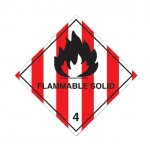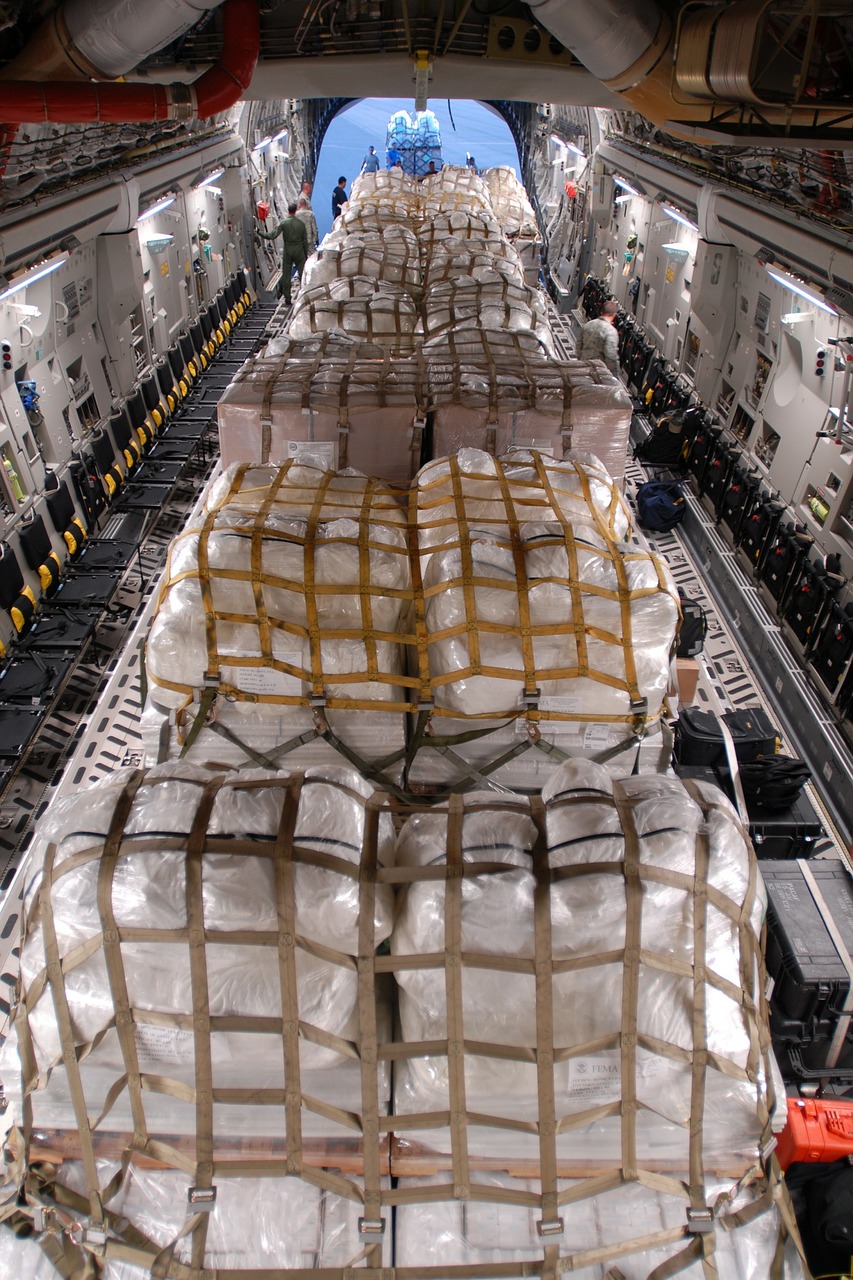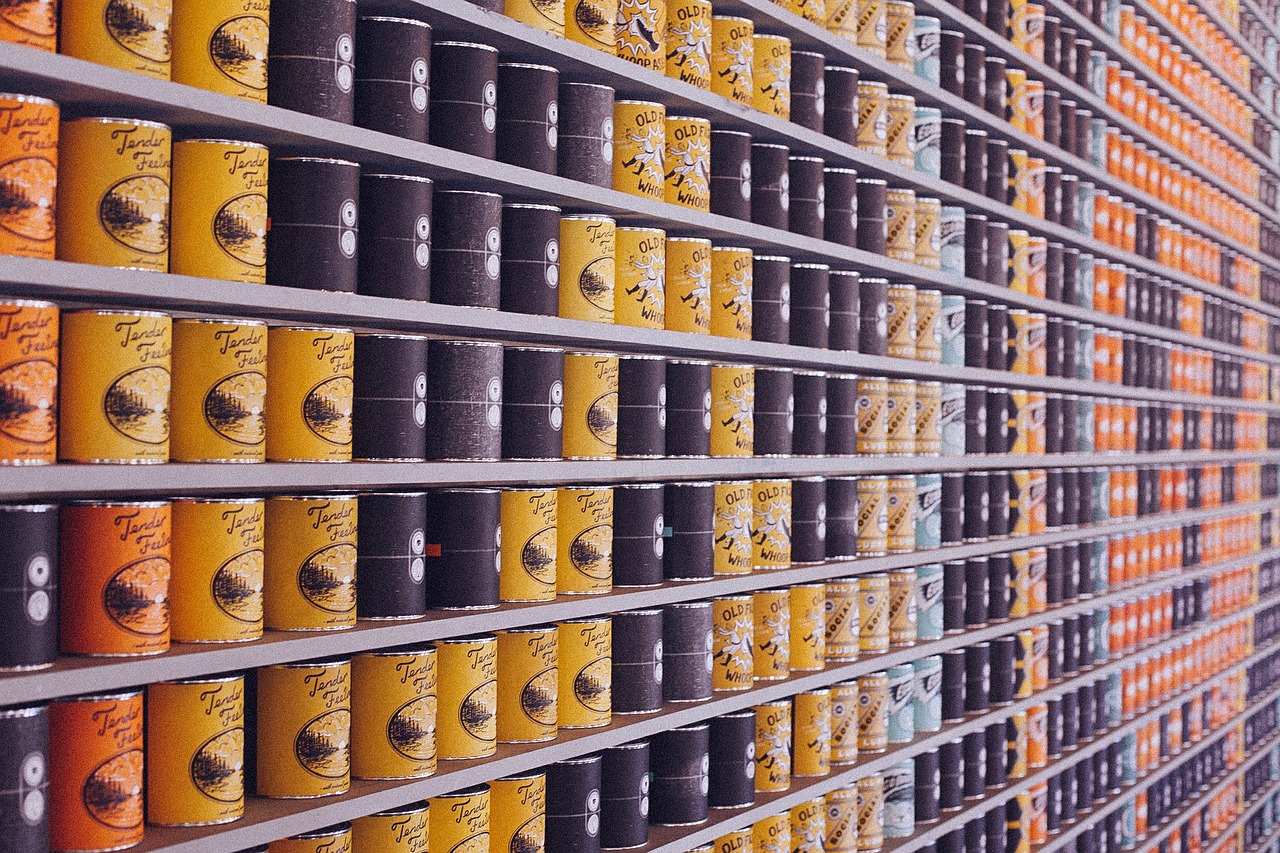Understanding when and why specialty labels are vital to your business
Labels are a key feature in many industries and commercial and non-commercial businesses. You can see them on products, signboards, hoardings, route and direction maps, traffic signals, hazardous zone and materials, vehicles, storage spaces and many other critical places. However, some uses require more specialised designs to cope with particular conditions or to meet certain needs.

Since labels inform us about the content of a product, warning messages, expiry dates, logistics and packing instructions and give all sorts of other information related to manufacturing, trading, transporting, storage, distribution and consumption, if they lose their adhesive in cold or wet conditions this can be a serious safety issue. Labels often contain short symbolic instructions for the user of the product to follow which can be vital to have. Speciality labels can be required for a variety of uses including those listed above, but some of the main needs are explained in more detail below:
Packing and Shipping Labels
- Fragile items to be packed need to be identified clearly and the label should be visible and understandable even to those who are unable to read the text. Hence symbols play a critical role in label designing. Of course, this is applicable to many other types of labels.
- Transport labels specify the lifting, placing and transporting guidelines. They also specify the methods involved in performing a specific task. If a material is to be lifted only with forklift or other type of machine, the consignment should have a clear label stating not to lift it manually. Some of the labels give instruction about the direction in which the package has to be placed during transportation, storage, loading and unloading.
- Packaging labels also specify stacking methods. If a specific package should not be stacked on top of another, the labels provide appropriate information to the people who are responsible for storage. They also provide safety instructions.
Storage and Warehousing Labels
- Products and materials which need to stored in refrigerators or freezers need sub zero labels. These freezer labels have the capacity to withstand sub-zero temperatures.
- Medicines and injections have specific labels about the temperature and other storage conditions to be followed.
- Packed foods have labels containing information about the ingredients, expiry date, flavours and colours added etc. They help the consumers in making a decision at the time of buying.
Product Labels
- Product labels show the product code, serial number, manufacturing details, directions of usage, method of storage etc.
- Merchandise labels identify the export and import details related tom a product or material. They have a long lasting life and can withstand tough transport conditions without wearing out.
Hazard Warning Labels
- Hazard labels indicate hazardous zones in industrial areas. High voltage, flammable materials storage, chemicals storage, explosives and other dangerous areas can be marked with symbol labels.
- Hazardous material labels indicate corrosive elements, chemicals, compressed gas and other types of potentially dangerous elements.
Label Identification Style
Labels can be identified with the help of text, images or combination of both. The adhesives at the back of labels need to be strong since it must withstand extreme temperatures and conditions. Most adhesives are transparent in nature as the text and images have a clear top cover. However, in some labels, the adhesive is partially pre-applied so the adhesive can be coloured specially, while many labels are available with full adhesives on the back end. Labels are usually made of synthetic materials with long lasting adhesives.
We hope this guide has helped clarify some of the reasons you might use speciality labels, and the importance of having the right label for the conditions the products may have to endure, and the need for distinct designs to serve key safety purposes.




